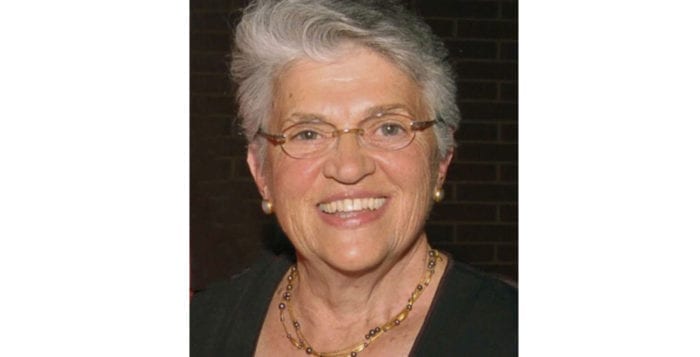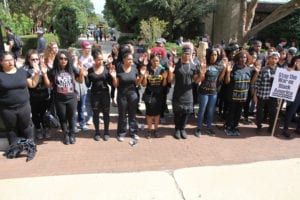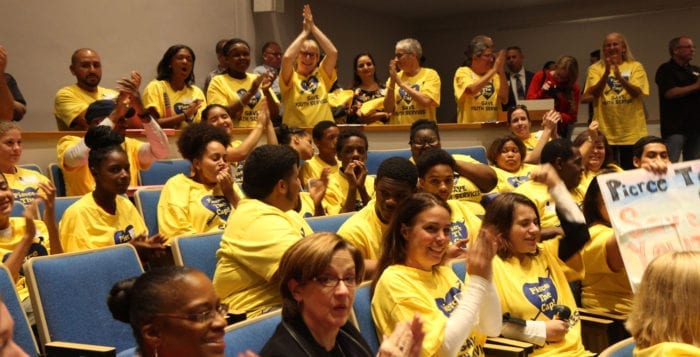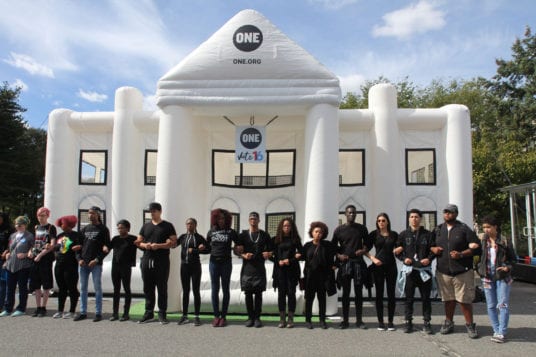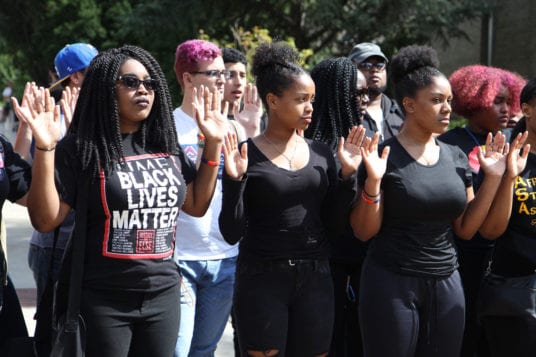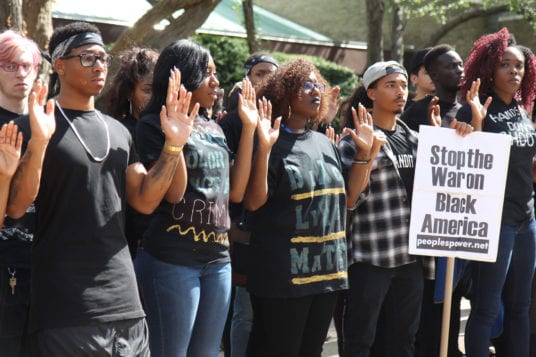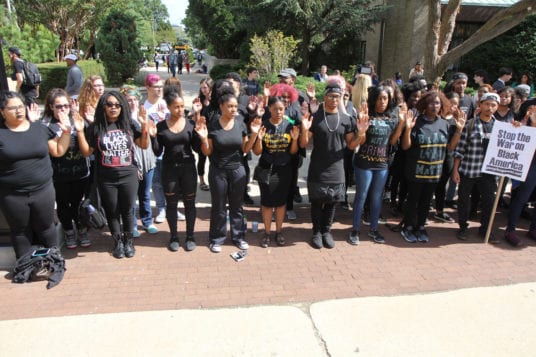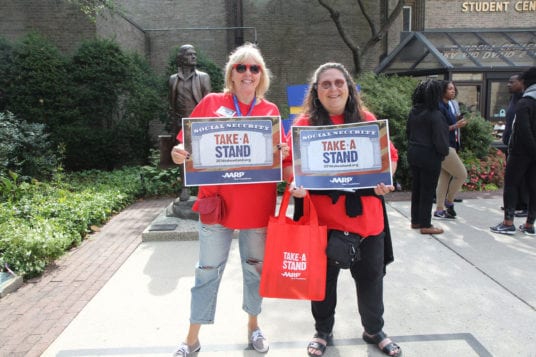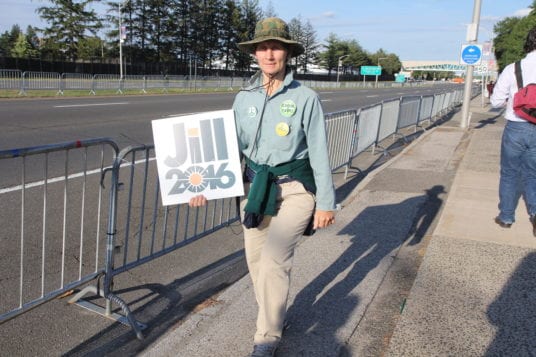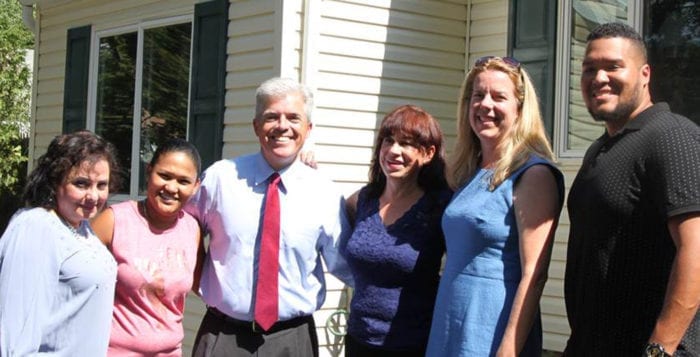By Kevin Redding
Amy Hagedorn, whose generosity and activism as co-founder of the Hagedorn Foundation, provided millions of dollars for children, families and immigrants across Long Island, died Sept. 8 after a lengthy battle with lymphocytic leukemia at her home in Floral Park, surrounded by her family. She was 79.
Hagedorn was called an incredibly strong, passionate and kind-hearted person by family and friends, who said she dedicated her life and wealth to making an impact on a wide variety of groups and causes. She deeply cared for others, especially those who were in low places, and was hands-on with everything within her foundation and fund up until her final days.
Born Amelia Maiello in a small apartment in Queens in 1936, she had a humble upbringing. Her mother — a first-generation immigrant from Italy — struggled with poverty her whole life. Hagedorn understood that every cent counted. She was an accomplished student who went to Jamaica High School and went on to graduate from Baruch College. Even with college costing $15 a semester, money was tight. For years, she struggled financially as a single mother of four — having to juggle parenting, a house in Great Neck that constantly needed repairs and a job as a preschool teacher at a number of schools, ultimately Hillside Grade School in New Hyde Park. But she never let it be known. She loved teaching and brought a certain serenity to her classroom.
Longtime friend and fellow pre-school teacher Anna-Marie Quinlan said that she had a very caring and respectful way of treating children that was different from a lot of teachers.
“She was a very gentle, serene person. For all that she did, she was just always easy to be with.”
— Anna-Marie Quinlan
“Amy brought security and calm into their lives,” Quinlan said. “She was always very careful about the way she set things up to them; they were set up to be accomplished and they learned how to be successful in that small manner. When she was a teacher, she was a team member and those are the kinds of things I appreciated about her. She was a very gentle, serene person. For all that she did, she was just always easy to be with.”
In the mid-1980s, Hagedorn began the transition to being an activist for many people on Long Island, by writing a singles ad in a weekly newspaper. She sought a “warm-hearted man with a cool head and charming manner” who would share in her yearning for romance, love of reggae and dreams of sailing.” Recent widower Horace Hagedorn — the born-wealthy marketing genius behind the hugely popular Miracle-Gro gardening product — responded, and in 1986 the two were married. They couldn’t have come from more differing backgrounds, but for the first time in her life, Amy Hagedorn was in possession of a great deal of wealth. But she wasn’t about to spend it on yachts or jewelry. Instead, she was adamant to give it to those who truly needed it.
In 1993, she and Horace started a fund at the Long Island Community Foundation — geared toward children and families in need of help — which has since donated $65,403,917 in nearly 2,985 grants to more than 500 nonprofit organizations. After Horace died in 2005, he left her $50 million to continue their charitable activism. With the help of Darren Sandow, a longtime member of the Long Island Community Foundation staff, the widow started the Hagedorn Foundation, a limited-life organization that continues to provide much-needed attention and care for families and children, especially those of an early age.
“As a preschool teacher, Amy was very concerned with the early years of a child’s life,” said Sandow, executive director of the foundation. “That was a very big passion of hers; she basically wanted every kid to get to the same starting line, no matter what ZIP code they came from.”
Hagedorn believed that parents who are emotionally available, educating children as early as possible, and providing safe environments are greatly improving the health and future job prospects of their child, as well as reducing involvement in crime and substance abuse. Her passion led to programs like the Parent Leadership Initiative, among many others like it, which provides intensive advocacy training for parents.
“She basically wanted every kid to get to the same starting line, no matter what ZIP code they came from.”
— Darren Sandow
Her contributions to the world around her were limitless and awe-inspiring.
The Hagedorn Foundation helped establish a more family-based system at Middle Country Public Library and was instrumental in transforming it into a community center — providing childhood education and support for families in need of a nurturing environment.
Another huge passion of hers was immigration. The foundation worked tirelessly in helping immigrants and making Long Island a more comfortable place for them to live and thrive and advance. Having grown up hearing stories of what her mother went through in a country brand new to her, Hagedorn was proud to grant them the money they needed to get going. She also hired an outreach coordinator on behalf of the foundation to speak at schools and avert prejudices and hate crimes against immigrants.
In addition, Hagedorn granted scholarships to deserving students from her alma mater, Baruch College, among several other colleges. She was also heavily involved in helping people become more hands-on politically, exercising their rights to vote and participating in the local governments of their communities.
She was pivotal in the foundation of ERASE Racism, which served to expose and combat structural racism across Long Island and was on the board of Northwell Health, a system devoted to providing better health care.
For Sandow, Hagedorn’s absence will be immensely felt.
“We have staff meetings every Monday, and Amy attended just about every single one of them, and it’s heart-wrenching to not see her in her normal space around our table, being part of our conversations,” he said. “I’ve known Amy for 20 years now and I considered her a matriarch and a mentor and partner at this foundation. She was very hands-on and very approachable to everyone. You would never know the kind of wealth she had. She was an amazing lady, and she was fearless.”
Amy Hagedorn is survived by her four children, as well as Horace’s six children, 34 grandchildren and 19 great-grandchildren. A public memorial service will take place in October. The family requests that, in lieu of flowers, those who wish to express condolences make a contribution to the Horace and Amy Hagedorn Fund at the New York Community Trust.

